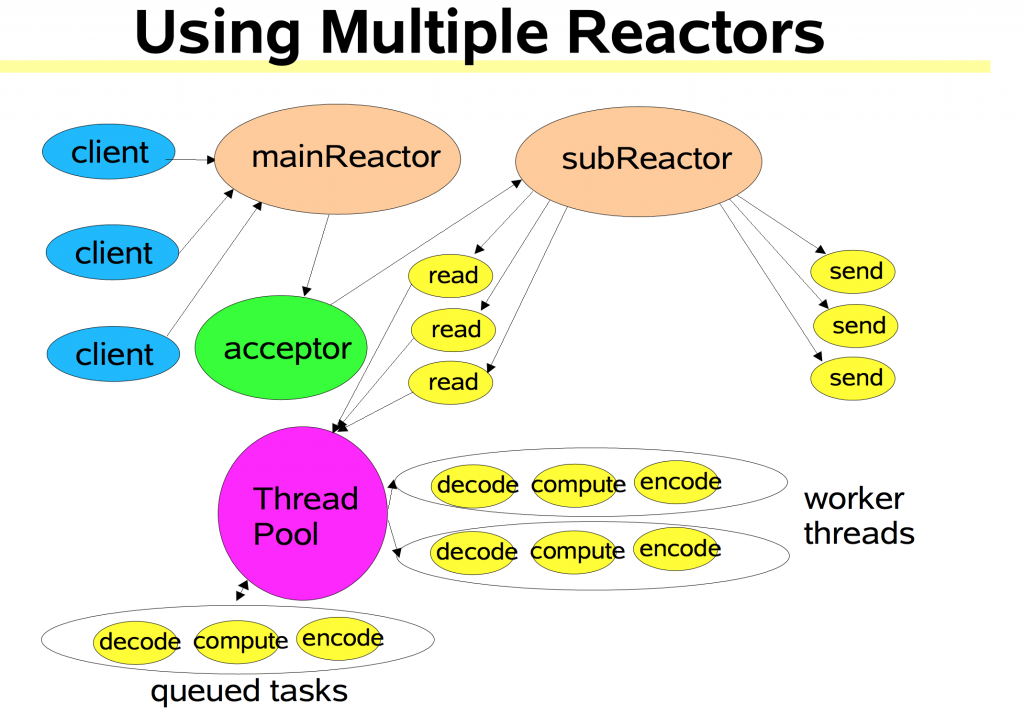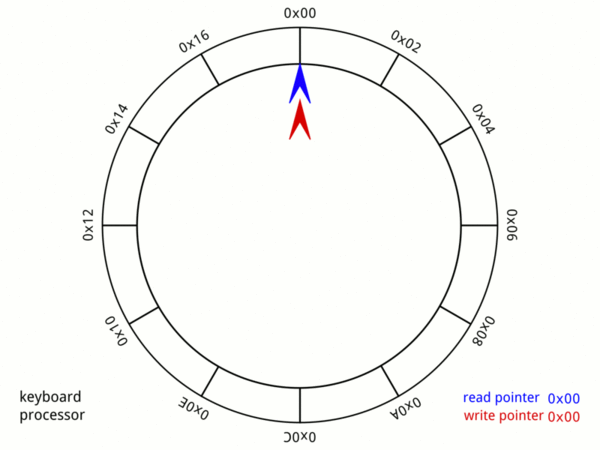 Documentation
¶
Documentation
¶
Index ¶
Constants ¶
This section is empty.
Variables ¶
This section is empty.
Functions ¶
func Serve ¶
Serve starts handling events for the specified addresses.
Addresses should use a scheme prefix and be formatted like `tcp://192.168.0.10:9851` or `unix://socket`. Valid network schemes:
tcp - bind to both IPv4 and IPv6 tcp4 - IPv4 tcp6 - IPv6 udp - bind to both IPv4 and IPv6 udp4 - IPv4 udp6 - IPv6 unix - Unix Domain Socket
The "tcp" network scheme is assumed when one is not specified.
Types ¶
type Conn ¶
type Conn interface {
// Context returns a user-defined context.
Context() interface{}
// SetContext sets a user-defined context.
SetContext(interface{})
// AddrIndex is the index of server address that was passed to the Serve call.
AddrIndex() int
// LocalAddr is the connection's local socket address.
LocalAddr() net.Addr
// RemoteAddr is the connection's remote peer address.
RemoteAddr() net.Addr
// Wake triggers a React event for this connection.
Wake()
}
Conn is an gnet connection.
type Events ¶
type Events struct {
// Multicore indicates whether the server will be effectively created with multi-cores, if so,
// then you must take care with synchonizing memory between all event callbacks, otherwise,
// it will run the server with single thread. The number of threads in the server will be automatically
// assigned to the value of runtime.NumCPU().
Multicore bool
// OnInitComplete fires when the server can accept connections. The server
// parameter has information and various utilities.
OnInitComplete func(server Server) (action Action)
// OnOpened fires when a new connection has opened.
// The info parameter has information about the connection such as
// it's local and remote address.
// Use the out return value to write data to the connection.
// The opts return value is used to set connection options.
OnOpened func(c Conn) (out []byte, opts Options, action Action)
// OnClosed fires when a connection has closed.
// The err parameter is the last known connection error.
OnClosed func(c Conn, err error) (action Action)
// OnDetached fires when a connection has been previously detached.
// Once detached it's up to the receiver of this event to manage the
// state of the connection. The OnClosed event will not be called for
// this connection.
// The conn parameter is a ReadWriteCloser that represents the
// underlying socket connection. It can be freely used in goroutines
// and should be closed when it's no longer needed.
OnDetached func(c Conn, rwc io.ReadWriteCloser) (action Action)
// PreWrite fires just before any data is written to any client socket.
PreWrite func()
// React fires when a connection sends the server data.
// The in parameter is the incoming data.
// Use the out return value to write data to the connection.
React func(c Conn, inBuf *ringbuffer.RingBuffer) (out []byte, action Action)
// Tick fires immediately after the server starts and will fire again
// following the duration specified by the delay return value.
Tick func() (delay time.Duration, action Action)
}
Events represents the server events for the Serve call. Each event has an Action return value that is used manage the state of the connection and server.
type Server ¶
type Server struct {
// The addrs parameter is an array of listening addresses that align
// with the addr strings passed to the Serve function.
Addrs []net.Addr
// NumLoops is the number of loops that the server is using.
NumLoops int
}
Server represents a server context which provides information about the running server and has control functions for managing state.
Click to show internal directories.
Click to hide internal directories.













